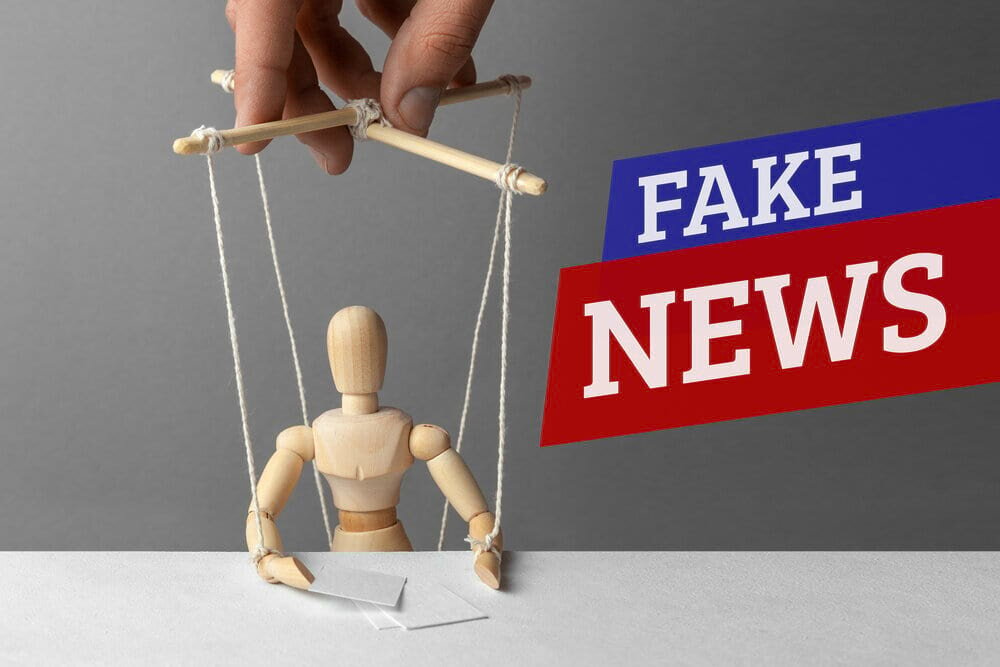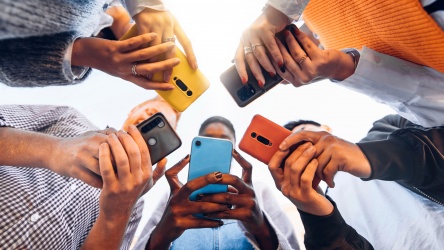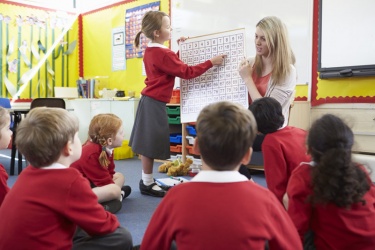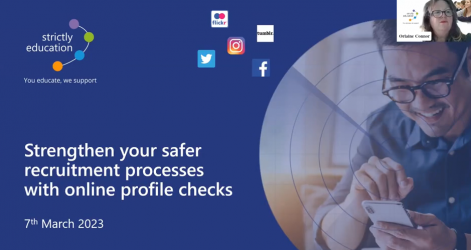It’s Fake News!
Can you spot what’s real and what’s not?
Nowadays many of us rely on getting our news from many different sources whether from the television, radio, traditional newspapers or we get our news online. The online world is full of misinformation, but can you spot it when there is fake news out there? How do you know what’s real or fake? Try out your own deduction skills here to see how good you are at spotting real or fake news.
How did you do? Its not easy is it?
We are bombarded not only with fake stories but also images can be fake. Pictures are manipulated for an audience, images photoshopped so what we see can confuse or manipulate a response. What about our perceptions of what is beauty and how we should look? Watch this clip produced by Dove, the health and beauty company, which identifies just the lengths gone to achieve perfection and we could say misrepresentation.
It’s confusing how to identify what’s real or fake but what about our young people? What messages and influences are they coming across every day? We need to always ensure that our young learners are digitally literate, and well as digitally safe.
The computing curriculum states that pupils need to ‘be discerning in evaluating digital content’. The Relationships Education, Relationships and Sex Education (RSE) and Health Education guidance identifies that ‘today’s children and young people are growing up in an increasingly complex world and living their lives seamlessly on and offline. This presents many positive and exciting opportunities, but also challenges and risks. In this environment, children and young people need to know how to be safe and healthy, and how to manage their academic, personal and social lives in a positive way.’ It’s increasingly important that as educators we enable our young learners to question, interpret and balance out content to make sure that they are aware of risks, misinformation and make valid decisions and judgements.
In this context the computing teaching and learning support service which is part of Strictly Education 3BM and supports the primary computing curriculum in schools, focuses many of its teaching and learning resources within its computing scheme of work on this crucial digital literacy education element. There are resources and lessons within all year groups for example ‘Would I lie to you?’ looking at fact, fiction and opinion, ‘Stop! Check!’ looking at website validation, ‘How fake is that?’ investigating online media and body image. If you are interested in finding out more about how we support our young learners and what this support service can offer then please contact enquire@strictlyeducation3bm.co.uk
By Belinda Evans - Head of computing teaching and learning support service
Strictly Education 3BM

_1980.png)






